Razer Blade 14 (2016) Gaming Laptop Review
Why you can trust Tom's Hardware
Price Analysis And Conclusion
The Razer Blade 14 (2016) brings competitive performance to the table in a thin and light package. But with all thin and light laptops, there's a delicate balance between build quality, price, performance, features, and thermals. The Blade 14 has some of the best build quality out of any of the laptops we've seen so far. The aluminum unibody chassis is more than just solid, it's luxurious, and this definitely gives the Blade an edge (pun intended) over laptops that make heavy use of plastic.

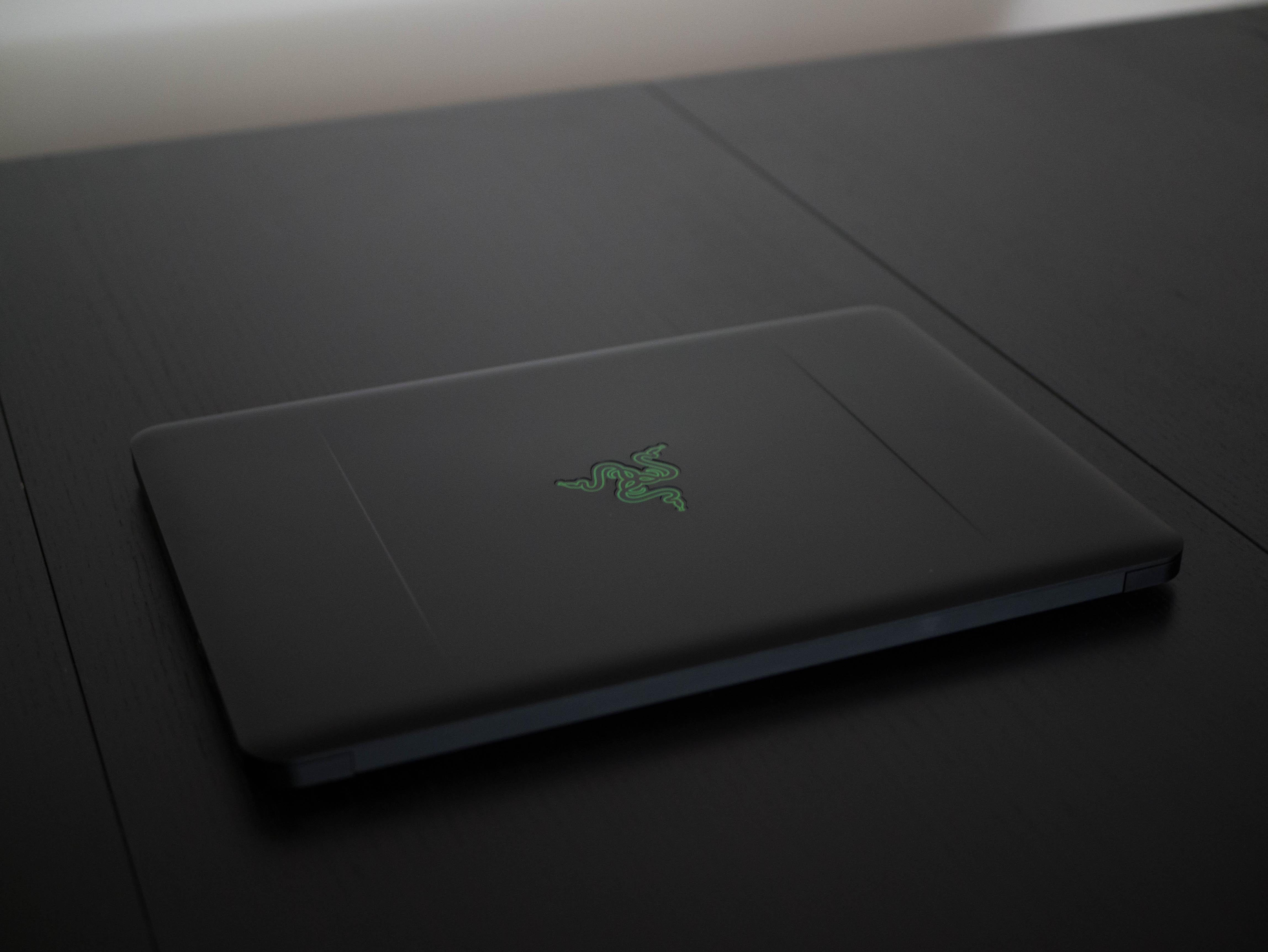
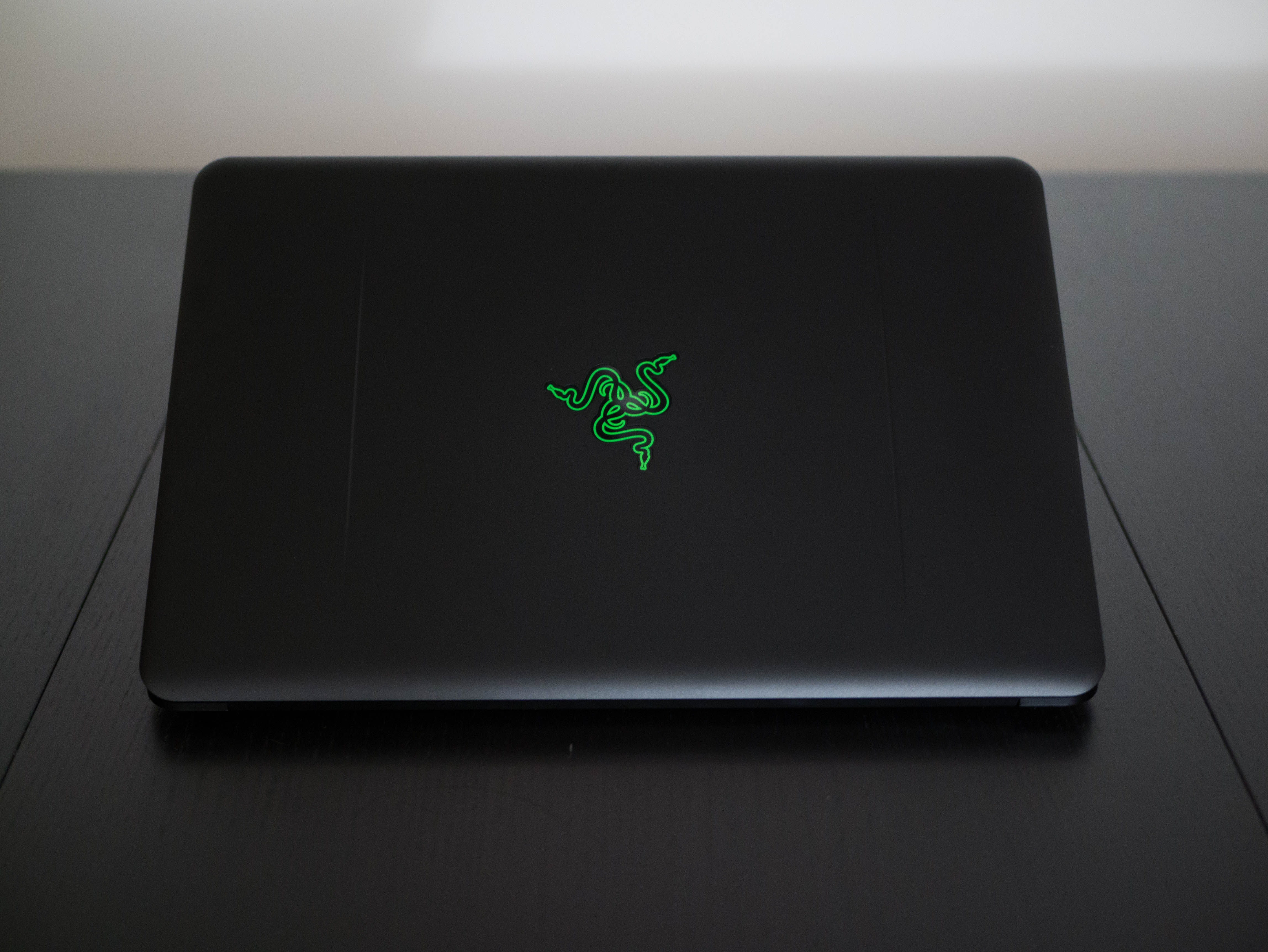
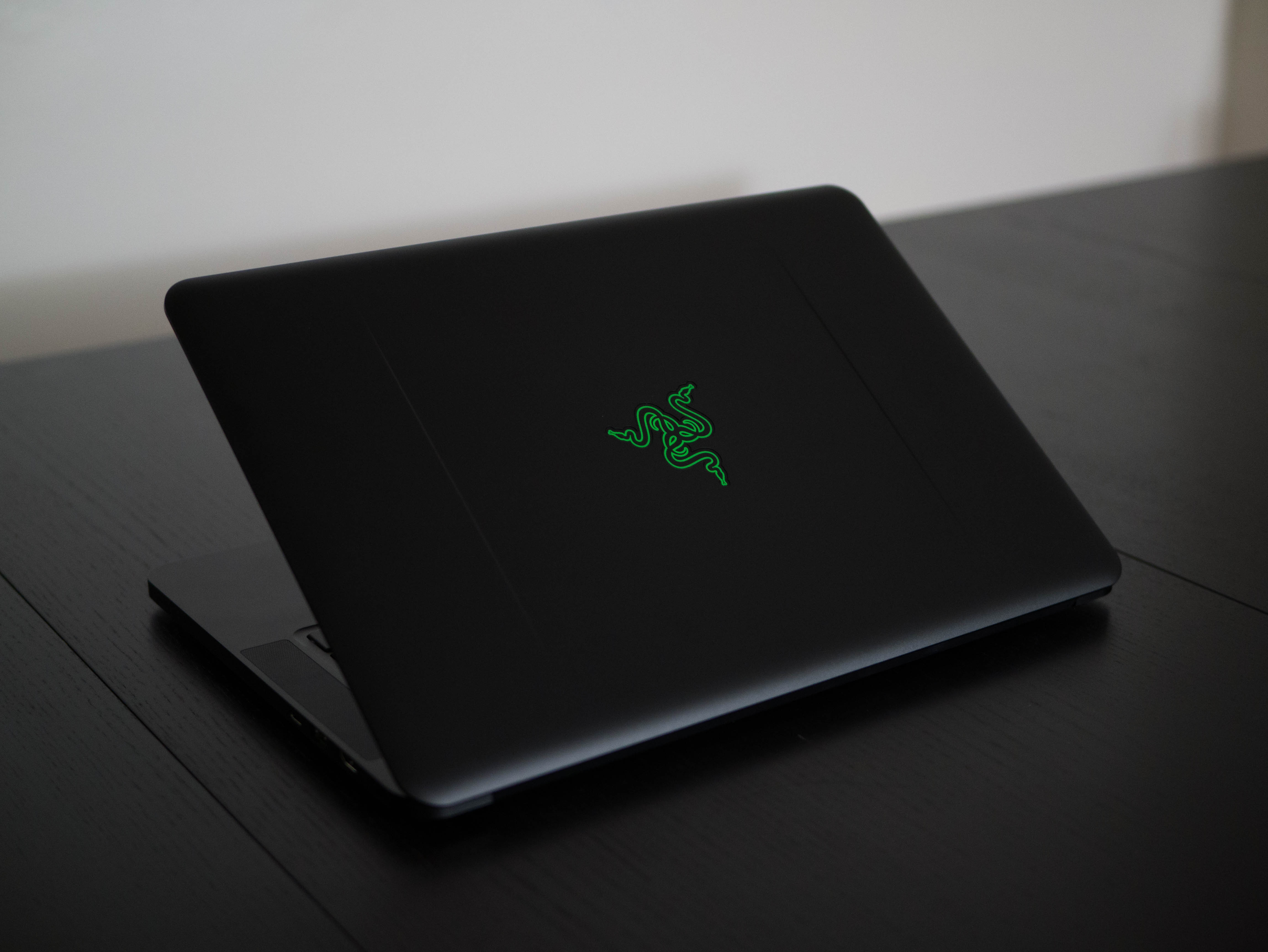
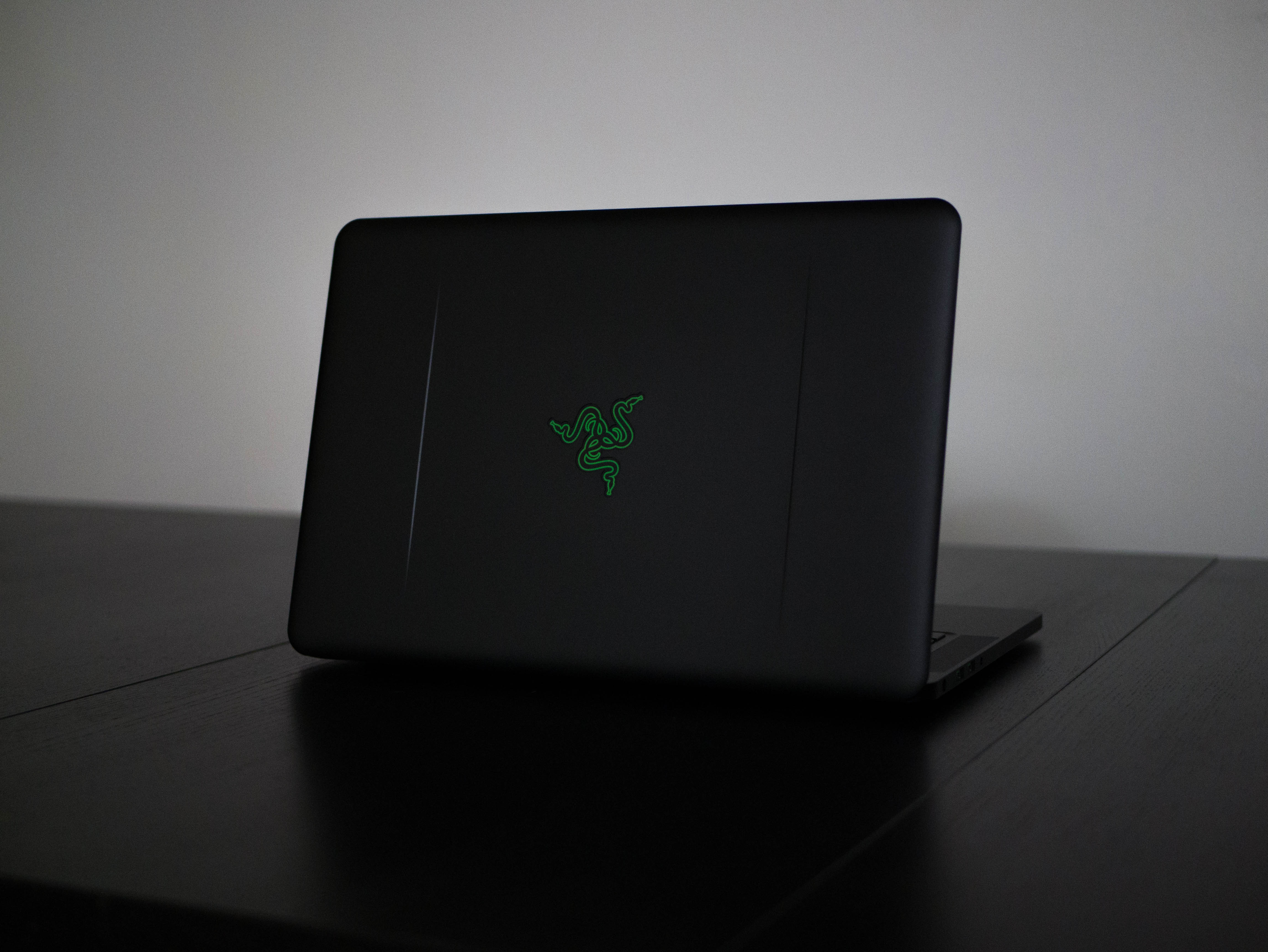
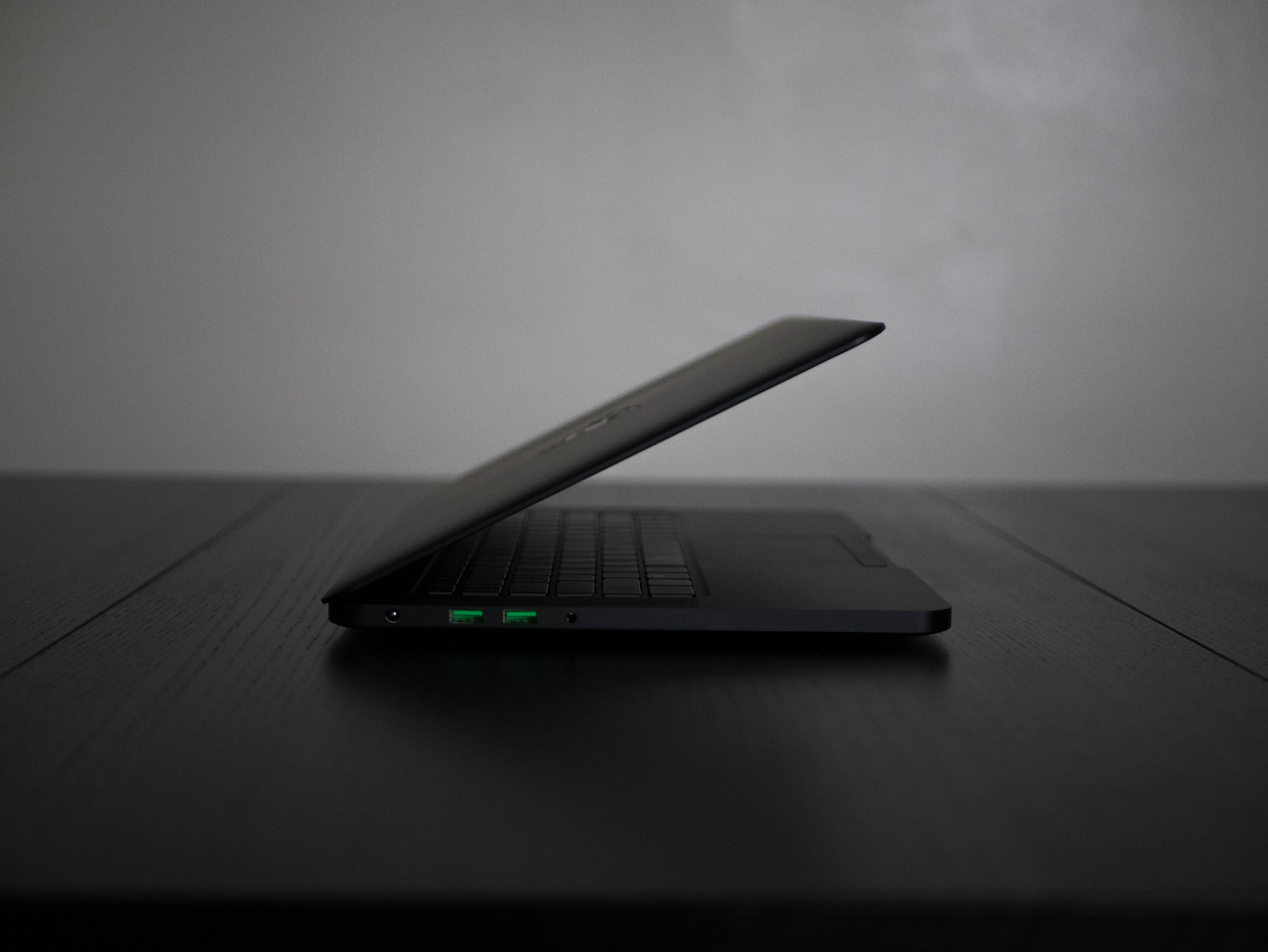
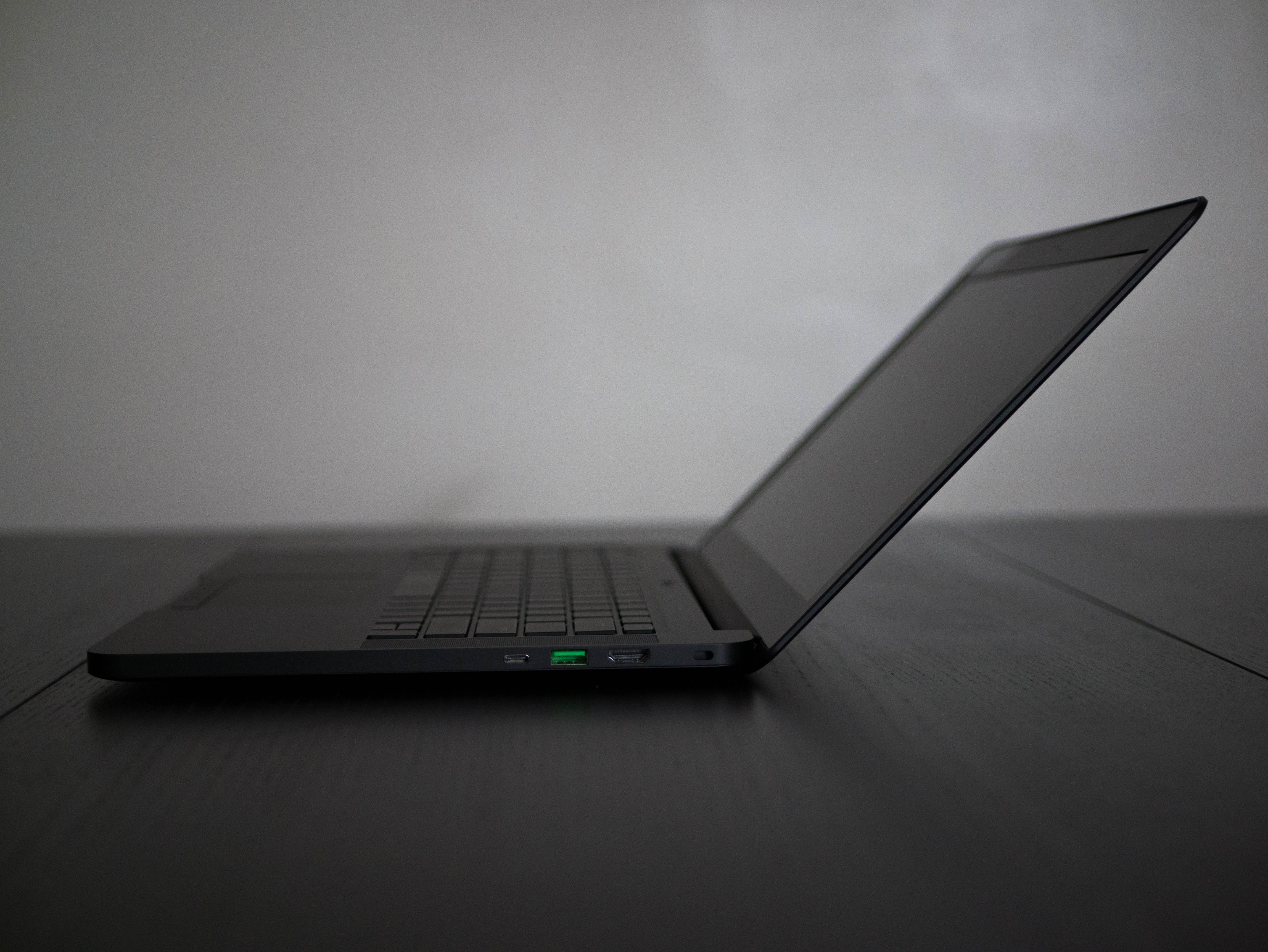
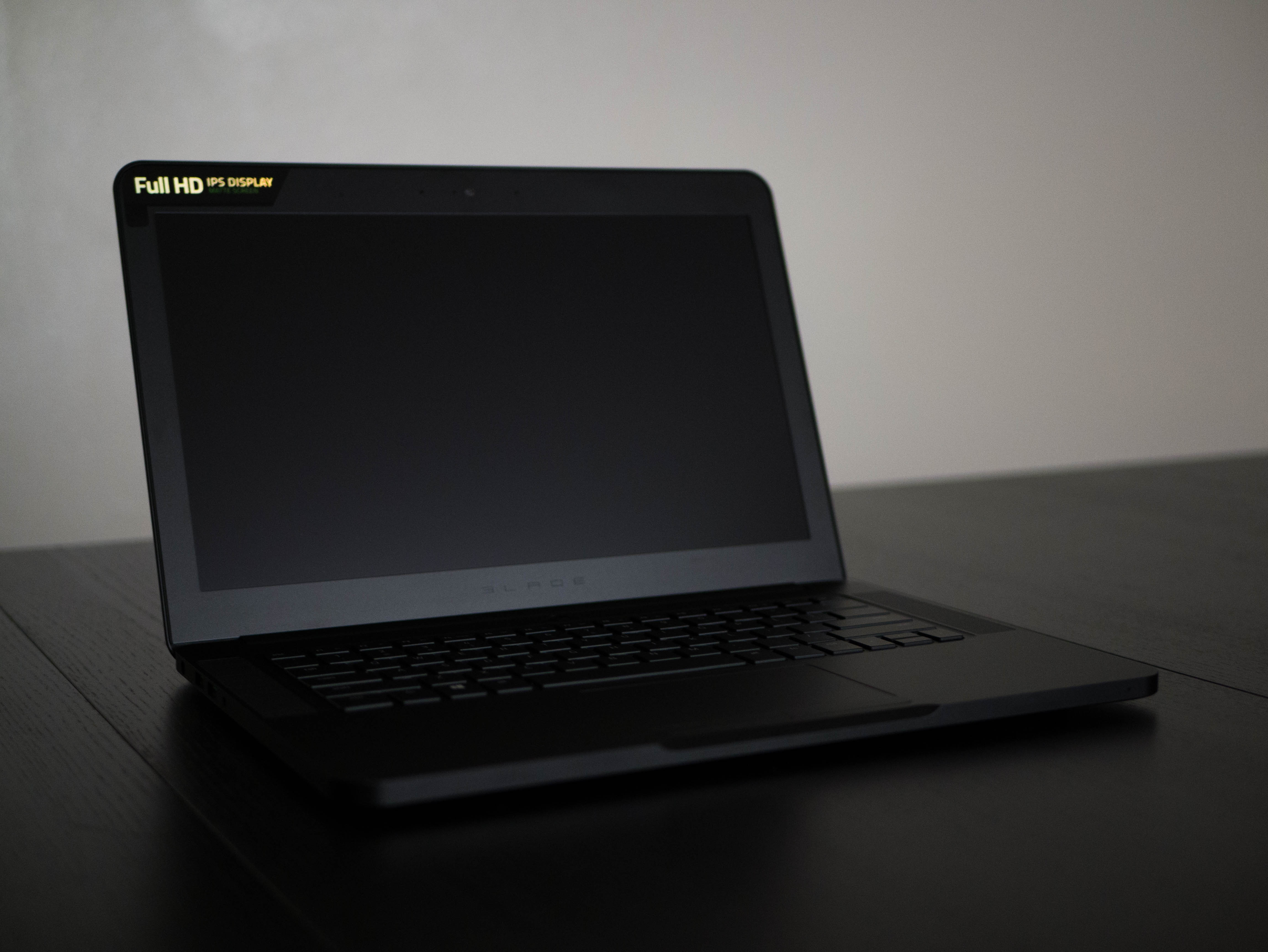

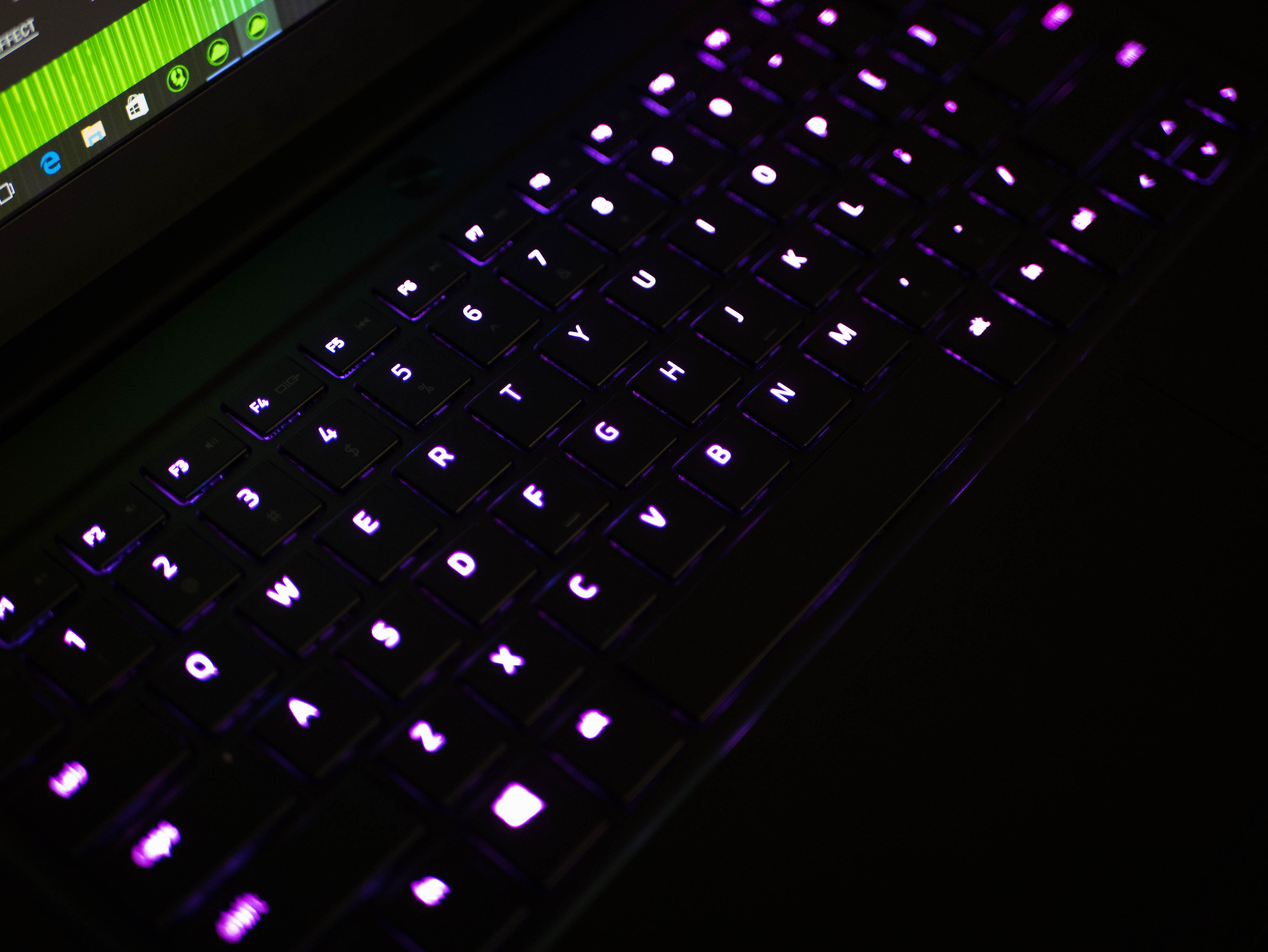
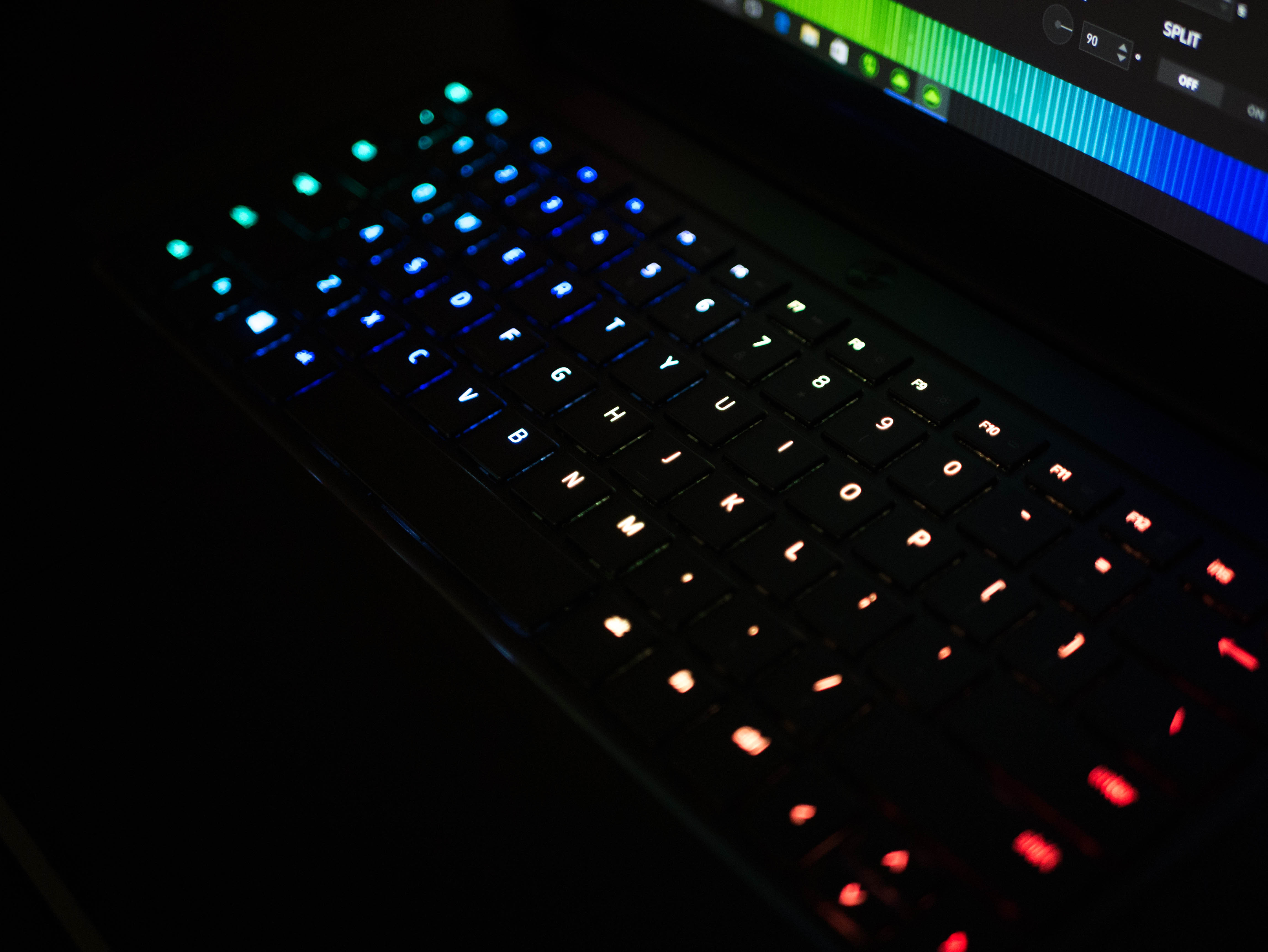
Thermal throttling on the Blade 14 isn't a huge issue, which is surprising considering how thin it is and how little ventilation it receives. It performs a little cooler than the MSI Stealth Pro and just a tad bit warmer than the Asus Strix 15, which has impressive cooling. Additionally, the Razer Configurator software has an incredibly comprehensive set of tools for macro editing, backlight editing, profile creation, and statistic tracking.
Despite all of its positives, the Razer also has a handful of negatives. With a 6th-generation Intel i7 CPU and an Nvidia GeForce GTX 1060 GPU, the Blade 14 has enough performance to hold its own against other similarly configured systems, but it doesn't earn any palpable wins.
Additionally, our Razer Blade 14 configuration — and all other direct competitors for that matter — has extremely limited storage space. Ours has a 512GB Samsung PM951 and no HDD, and the SSD just barely held all of the games in our test suite; gamers will either have to be selective about the programs and games they install or pay for additional storage capacity.
Finally, the Blade 14's display exhibited the worst grayscale and average color differences out of all of the systems in our comparison group.
And this leads us to the price, which is the most crucial factor you'll have to wrestle with when considering the Razer Blade 14. With a 512GB SSD, the Razer Blade comes in at $2,000. Considering that it performs just as well as other GTX 1060 laptops, but not definitively better, it's a bit tougher to justify, especially when systems like the Asus Strix GL502VM-DB71 are priced under $1,400.
Going with a cheaper model with a 256GB SSD brings the price down to $1,800, getting us closer to the $1,700 MSI GS63VR Stealth Pro-034Y, which is about as thin and just as powerful. The Razer Blade's construction and features are much more refined than the Stealth Pro's. For $100 more, this would have made the Razer Blade a no-brainer, but for the reduced screen size and the lack of a 1TB HDD.
Get Tom's Hardware's best news and in-depth reviews, straight to your inbox.
Now let's consider what else Razer has to offer. Switching our configuration to a Blade 14 with a QHD display adds $300 to the price tag. If the upgraded QHD display is anything like our color inaccurate FHD configuration, the extra $300 might not be worth it. Couple this with the fact that for an additional $100, the Gigabyte P37X v6 not only offers a wider, more accurate 4K display, but it also includes the much more powerful GTX 1070 and an additional 1TB HDD. The trade-off between software, build quality, and heat are easily justifiable for the extra performance that the Gigabyte's GTX 1070 can offer.
That isn't to say that the Razer Blade 14 (2016) is a bad system by any means. The stellar build quality and software features are some of the best on the gaming laptop market, and the performance packed within the gorgeous aluminum body is a big selling point. But let's face it, $2,000 is a premium price for a product with limited storage and mediocre display accuracy.
MORE: Gaming Laptop Previews
MORE: All Laptop Content
Follow us on Facebook, Google+, RSS, Twitter and YouTube.
Current page: Price Analysis And Conclusion
Prev Page Battery, Thermal, And Display Testing-
sempifi99 I went through a couple of these earlier this year. The VRM module must have been bad on the ones I had, as they were making a humming noise while charging.Reply -
scook9 The ram is soldered to the board and not upgradeable, there are no slots on the underside of the PCB. Also, the hot air is vented out along the hinge like a Macbook, the bottom slots are strictly intakes. Due to this design and it being a gaming laptop and not a much cooler Macbook, the top edge of the laptop and keyboard get scorching hot while gaming - I mean like over 50c hot. Hopefully the 2016 runs a little better but that was the case with my 2015 Blade.Reply -
rahul999rap Pity we dont have this in india. and ofcourse not even in amazon india. such a pity.Reply
even if we had in here we indians hv to pay almost double the price of laptop to buy here due to VAT, taxes etc -
inmyrav You must be using settings inappropriate to a 14" screen in gta v. I get those framerates in the native resolution on my 4k Blade. But I don't use AA or any advanced settings, everything else besides shadows and water is on very high.Reply